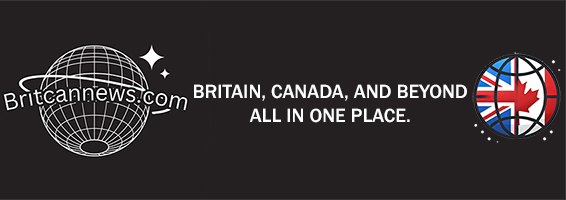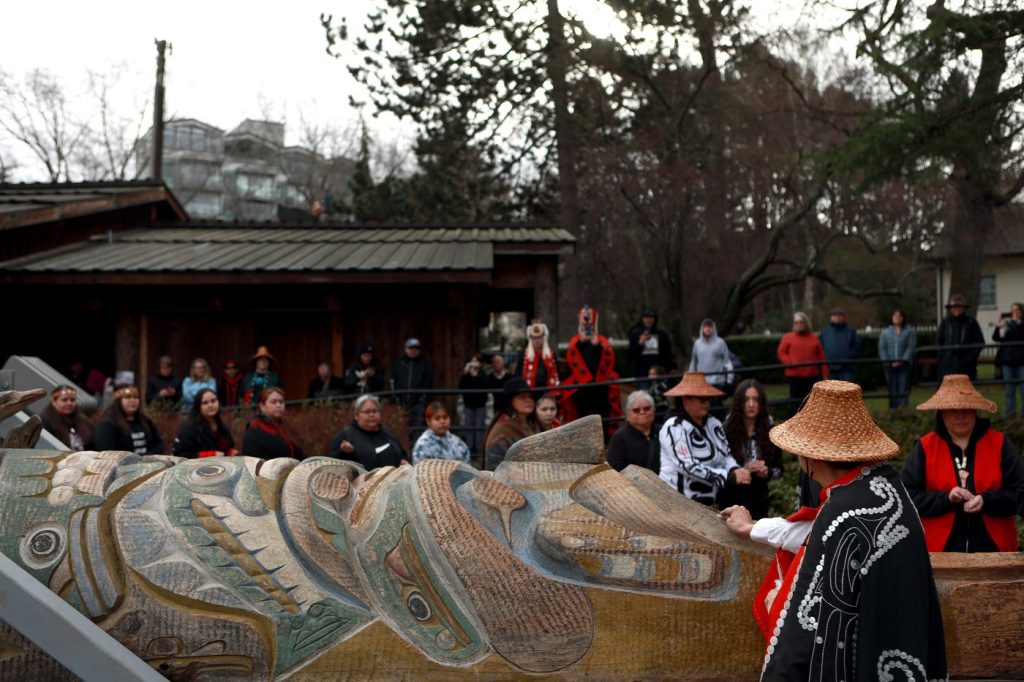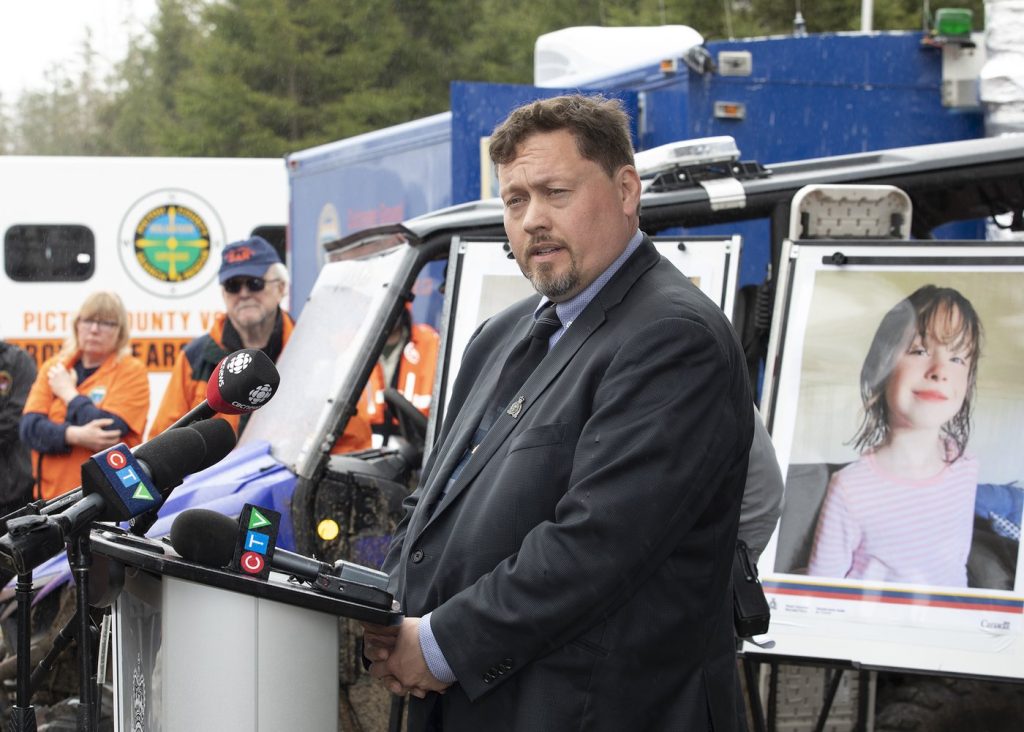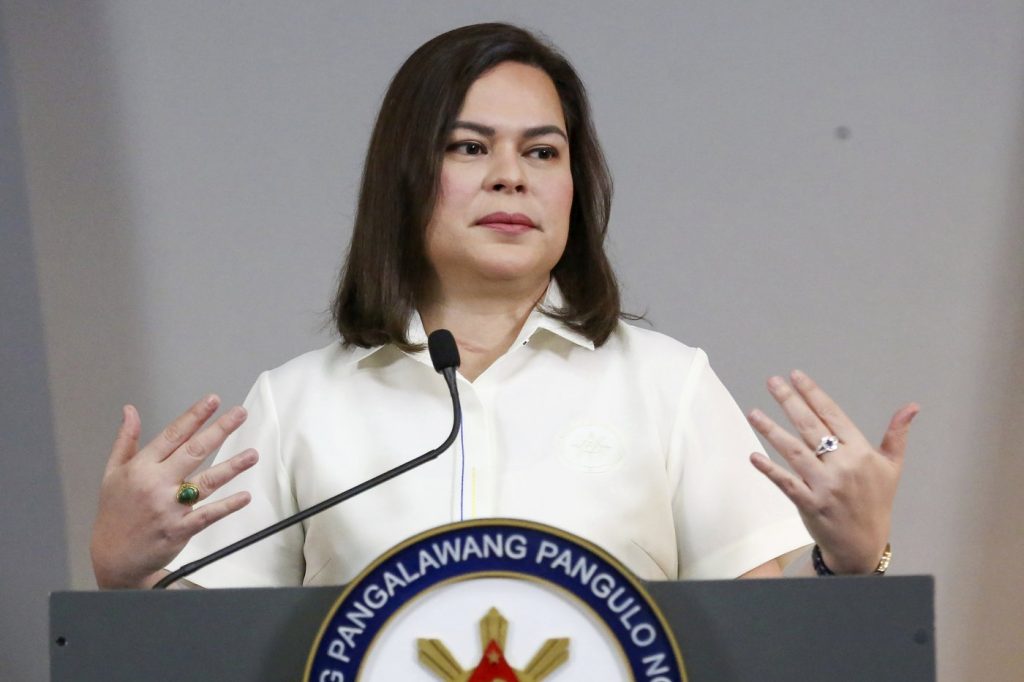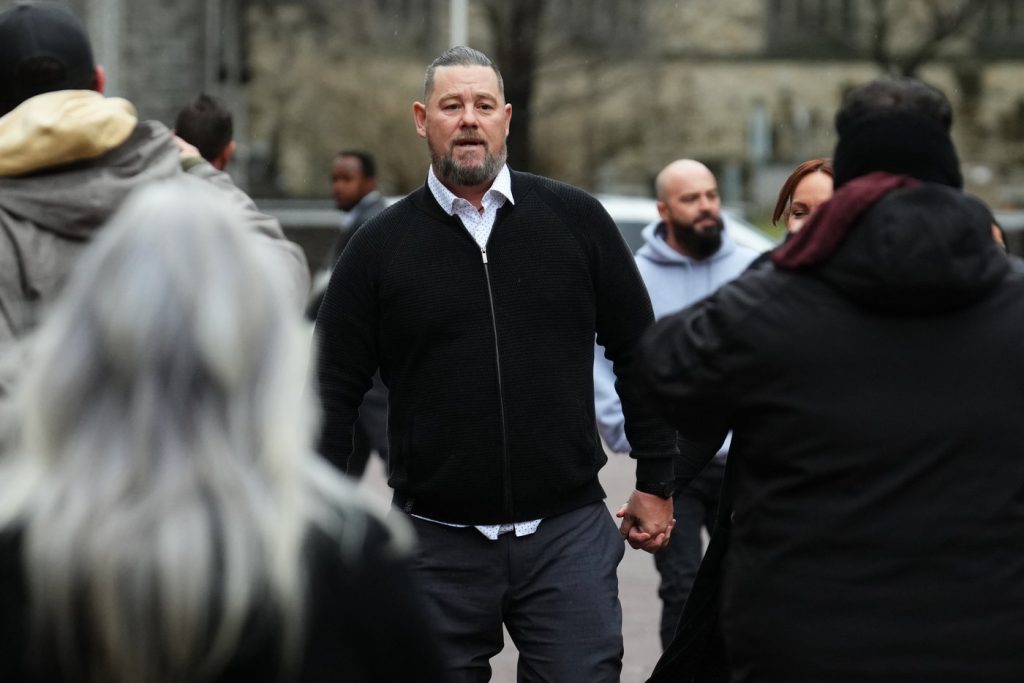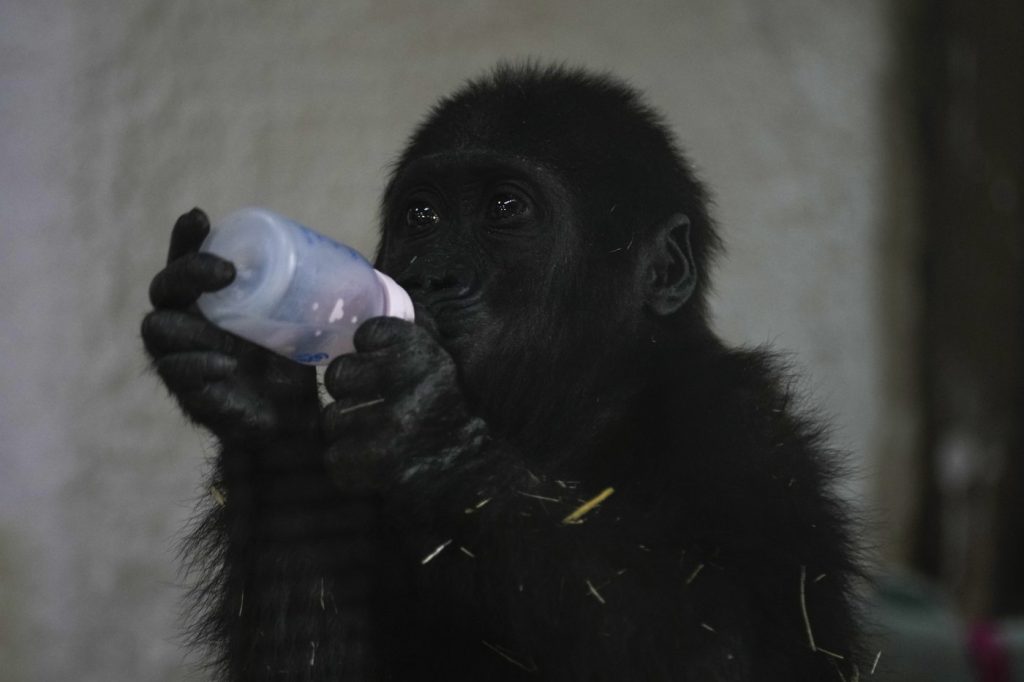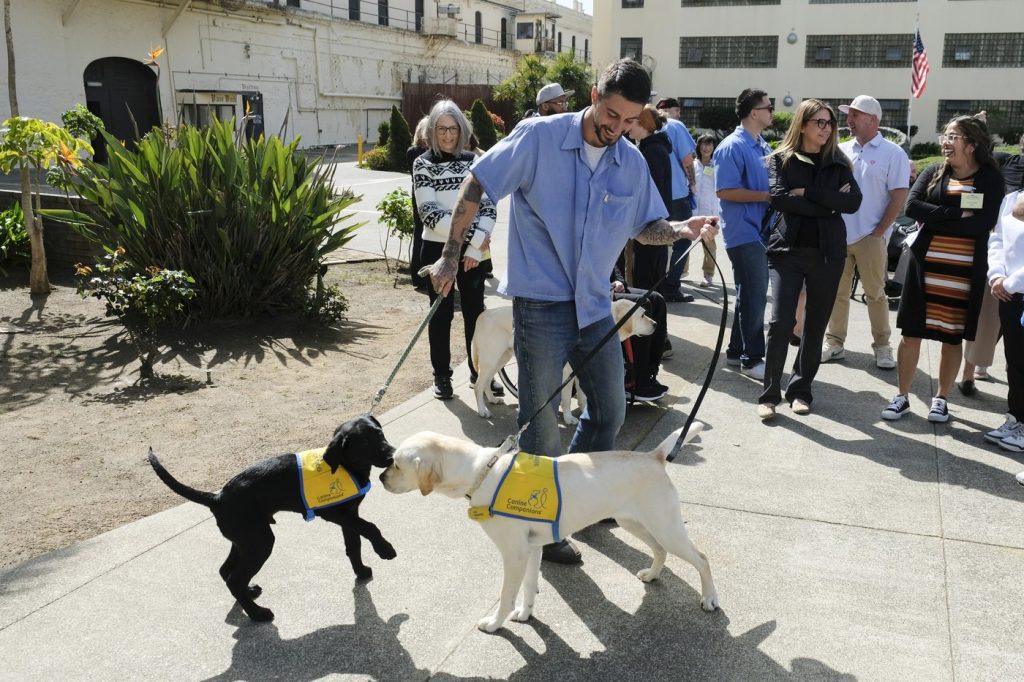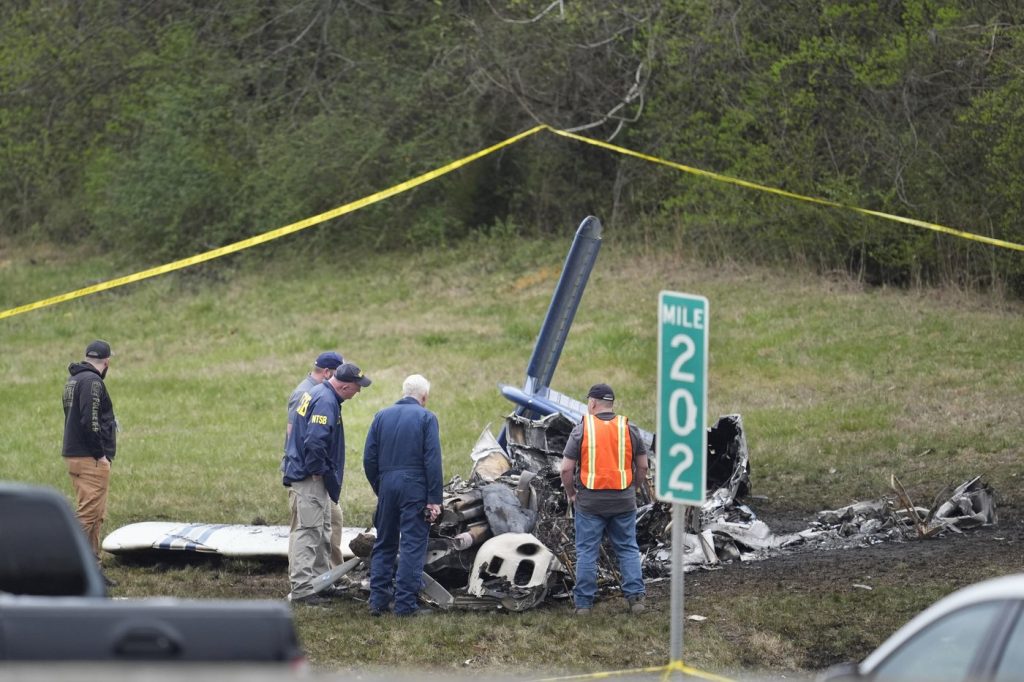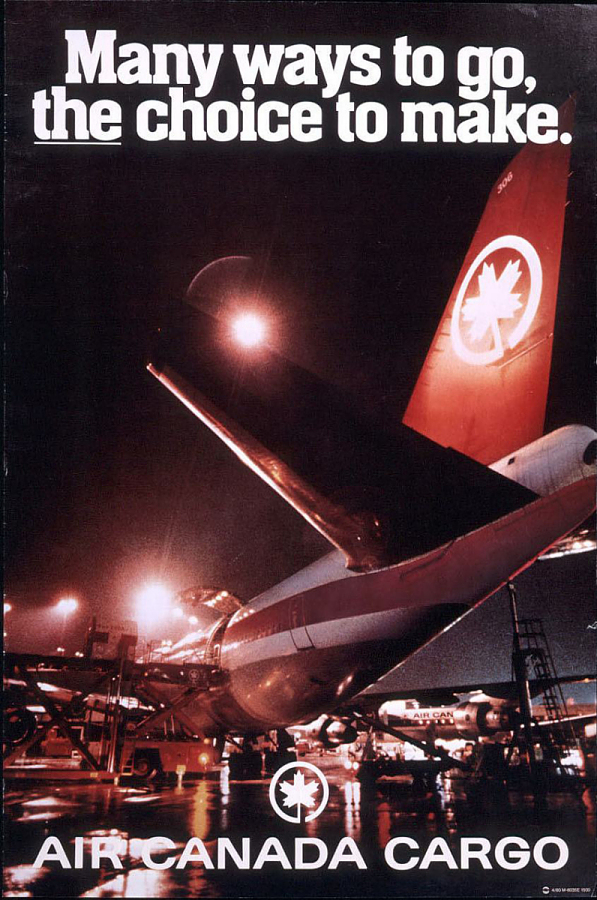A pair of reports from British Columbia highlight the intricate and underfunded process of repatriating Indigenous historical items and human remains to their rightful homes. These studies were conducted through a collaboration between the First Peoples’ Cultural Council and K’yuu Enterprise Corporation. The reports advocate for the establishment of a centralized organization to oversee repatriation efforts, the creation of an accreditation program for museums and institutions involved, and call for significant funding and support from both provincial and federal governments.
Gretchen Fox, an anthropologist and the acting heritage manager of the First Peoples’ Cultural Council, emphasized the growing demand for moral and ethical obligations surrounding repatriation. She stated that there is a clear need for a roadmap that outlines the steps involved in repatriation, the history behind it, and the documentation necessary to identify lost ancestors and artifacts currently held outside Indigenous communities.
The research conducted by K’yuu Enterprise Corporation indicates that over 2,500 human remains and more than 100,000 cultural belongings from B.C. First Nations are located within 229 institutions worldwide, including museums and universities. Fox noted that this survey only received a 50% response rate, suggesting that the actual numbers of items and remains are significantly higher and reflect broader issues of Indigenous heritage loss.
The main report categorizes repatriation into a four-step process: planning and research, the actual repatriation, and the long-term care of the returned items or remains. Alarmingly, it noted that 60% of B.C. First Nations surveyed have incurred costs exceeding $1 million in their repatriation efforts thus far. The report pointed out that the absence of dedicated federal legislation and funding has forced many Indigenous communities to rely on grants with strict criteria and timelines that do not align with their unique needs regarding repatriation.
In 2016, B.C. became the first province in Canada to provide a grant specifically to aid in repatriation efforts. Nevertheless, the report describes this funding as “welcome” but insufficient, unable to meet the growing demands from First Nations. The data concludes that repatriation in Canada remains “severely underfunded,” as B.C. First Nations have had to depend on sporadic grants and volunteer efforts to finance this crucial work.
Fox elaborated that the costs associated with repatriation cover a range of needs, from personnel expenses to necessary technology for locating the items and appropriate storage solutions. A companion report provides a high-level cost estimate indicating that if all 204 B.C. First Nations were funded over five years for participation in various repatriation stages, the total cost could reach approximately $663 million. However, Fox clarifies that this figure is more about illustrating the significant expenses involved rather than a direct funding request.
The report also highlights the economic and social advantages of repatriation, which are linked to health, healing, job creation, and community development. Fox noted the spiritual and cultural significance of reconnecting with ancestral belongings and fulfilling responsibilities to ancestors, asserting that even small-scale efforts are deeply meaningful.
To facilitate repatriation effectively, Fox proposes the establishment of a First Nation-led centralized body, which could bring together expertise and resources for this pursuit. Engaging museums and other institutions holding First Nations artifacts is seen as beneficial to foster collaboration and mutual learning. Noteworthy recent examples of successful repatriation include a totem pole returned to the Nuxalk Nation from the Royal B.C. Museum and another memorial totem pole from the National Museum of Scotland, both highlighting a growing recognition of the moral imperative to return stolen Indigenous heritage.
Fox mentioned that an accreditation program for institutions with First Nations belongings could educate about repatriation protocols and practices. She highlighted that formal training opportunities remain scarce for those involved in this essential work. Acknowledging the progress made over the decades, she expressed optimism that more institutions are beginning to recognize their moral obligation to return these items and supports the efforts of First Nations. Moreover, capacity-building within Indigenous communities—training future generations of repatriation experts—fosters enduring relationships with holding institutions and promotes further movement towards healing historical injustices.
